Staphylococcus aureus uses the ArlRS and MgrA cascade to regulate immune evasion during skin infection - ScienceDirect
Por um escritor misterioso
Last updated 12 abril 2025

Skin is one of the most common sites of host immune response against Staphylococcus aureus infection. Here, through a combination of in vitro assays, …

Octanoic acid promotes clearance of antibiotic-tolerant cells and eradicates biofilms of Staphylococcus aureus isolated from recurrent bovine mastitis - ScienceDirect

Staphylococcus aureus α-toxin impairs early neutrophil localization via electrogenic disruption of store-operated calcium entry - ScienceDirect
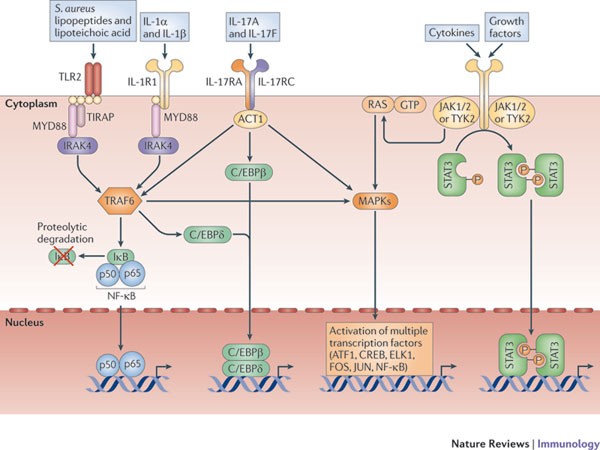
Immunity against Staphylococcus aureus cutaneous infections

Octanoic acid promotes clearance of antibiotic-tolerant cells and eradicates biofilms of Staphylococcus aureus isolated from recurrent bovine mastitis - ScienceDirect

Staphylococcus aureus Aggregation and Coagulation Mechanisms, and Their Function in Host–Pathogen Interactions - ScienceDirect
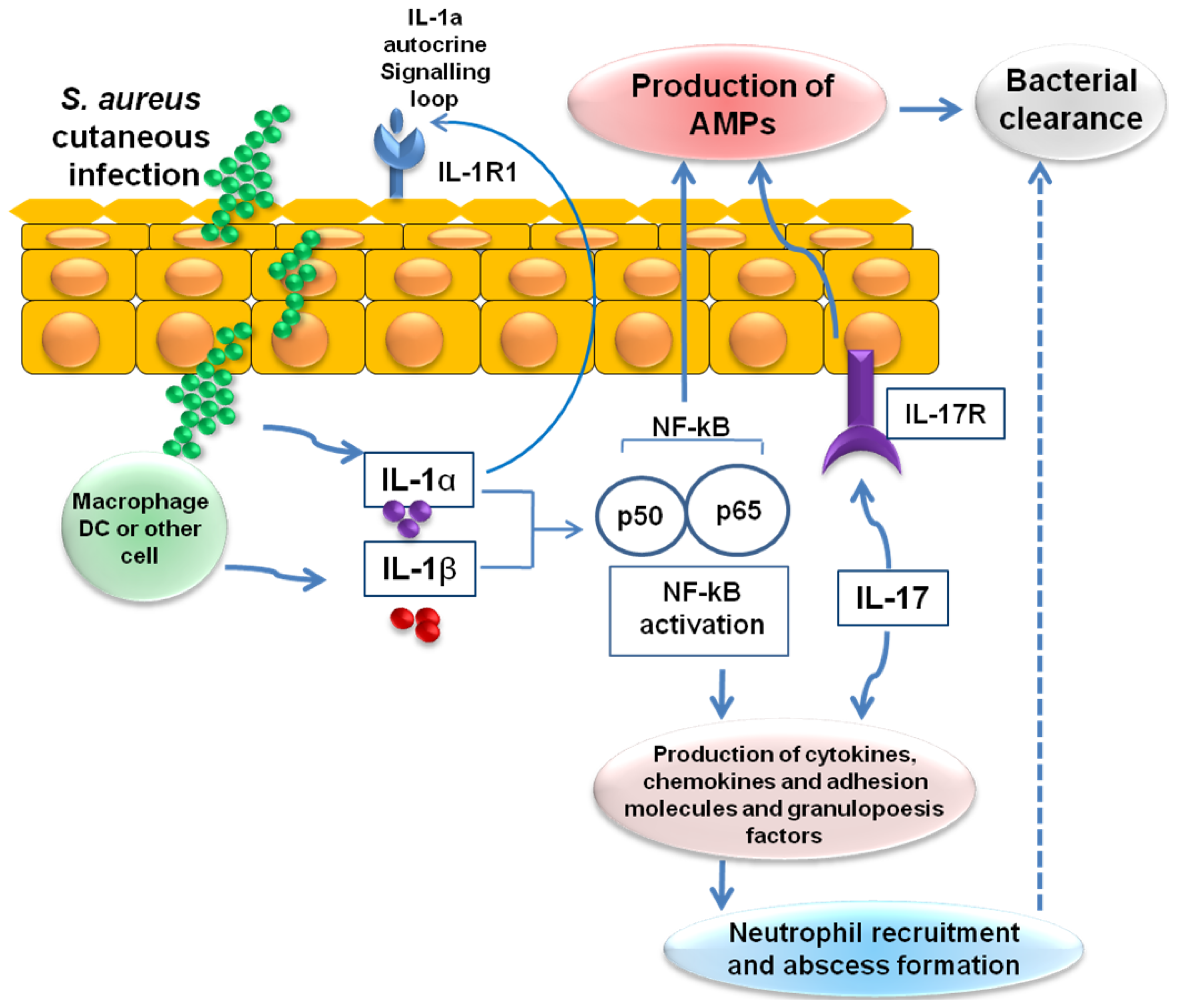
IJMS, Free Full-Text

Octanoic acid promotes clearance of antibiotic-tolerant cells and eradicates biofilms of Staphylococcus aureus isolated from recurrent bovine mastitis - ScienceDirect
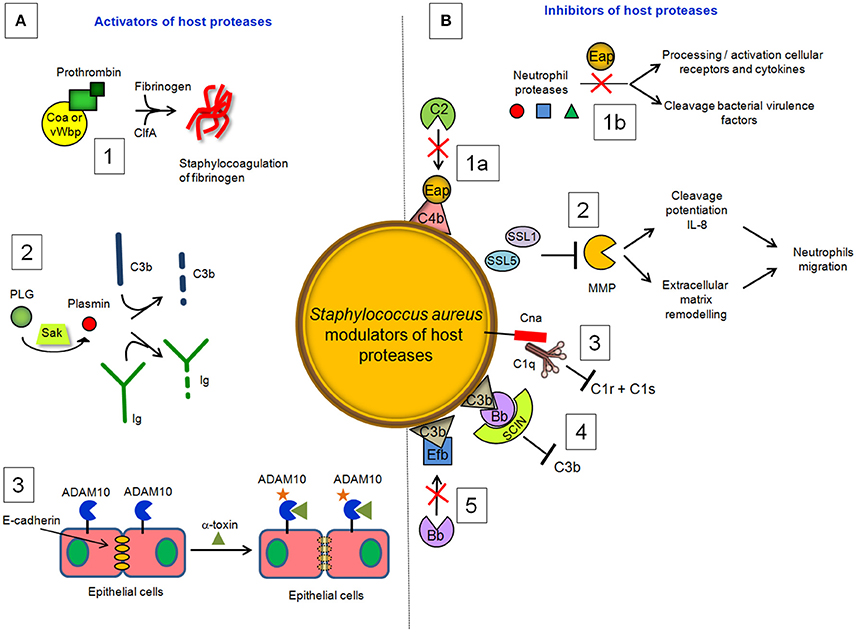
Frontiers Staphylococcus aureus Manipulates Innate Immunity through Own and Host-Expressed Proteases

Master mechanisms of Staphylococcus aureus: consider its excellent protective mechanisms hindering vaccine development! - ScienceDirect

Staphylococcus aureus uses the ArlRS and MgrA cascade to regulate immune evasion during skin infection - ScienceDirect

S. aureus mechanisms of immune evasion.
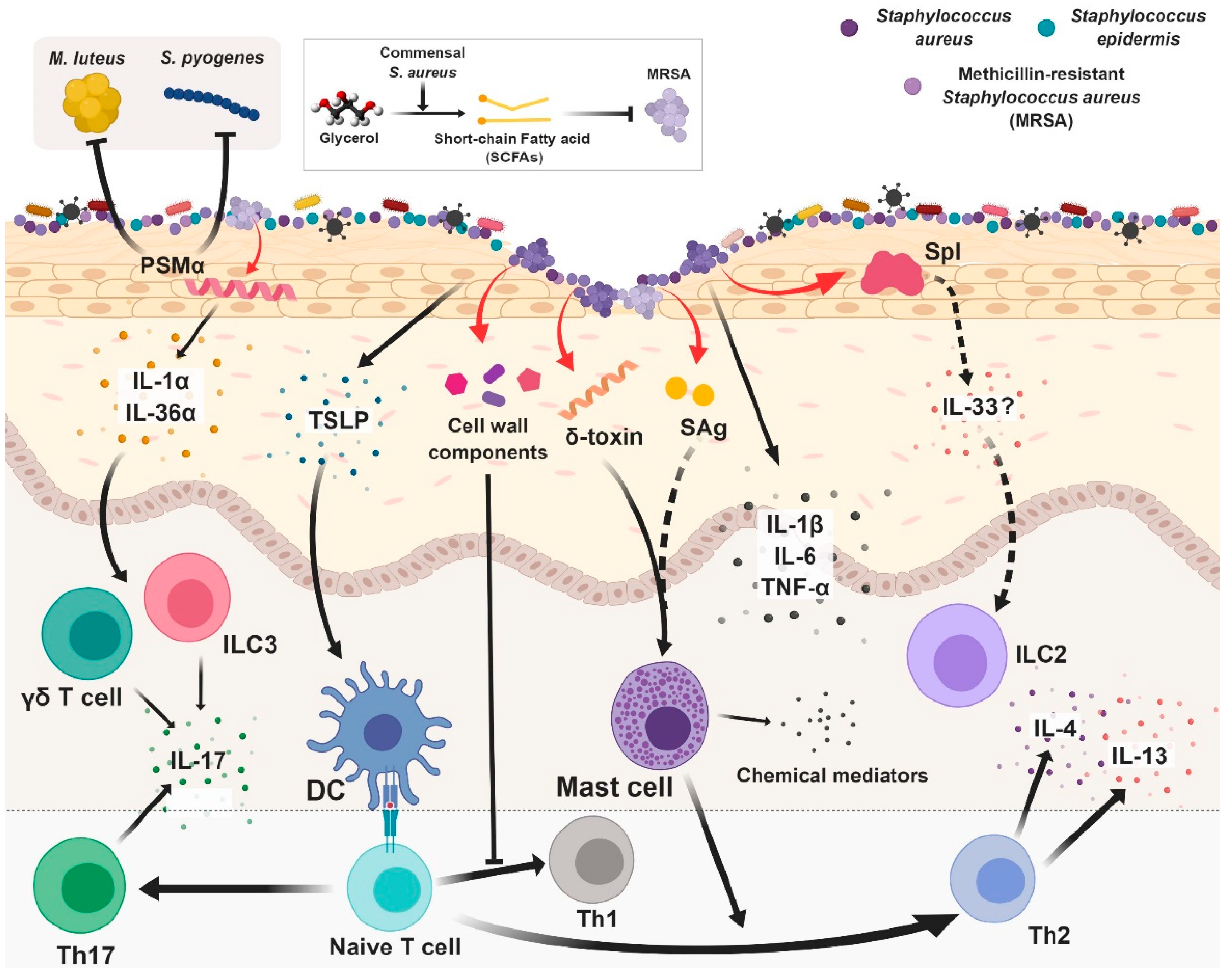
IJMS, Free Full-Text

The influenza-injured lung microenvironment promotes MRSA virulence, contributing to severe secondary bacterial pneumonia - ScienceDirect

Staphylococcus aureus - ScienceDirect
Recomendado para você
-
 How to identify Staphylococcus aureus using the Coagulase Test - Slide and Tube Method - 4K12 abril 2025
How to identify Staphylococcus aureus using the Coagulase Test - Slide and Tube Method - 4K12 abril 2025 -
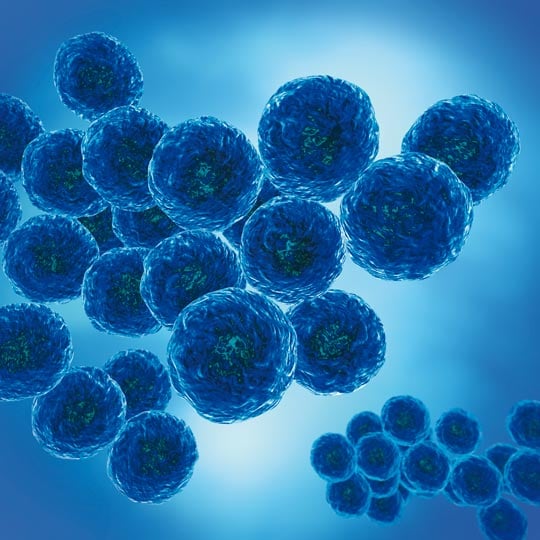 Staphylococcus aureus (incl. MRSA, VRSA)12 abril 2025
Staphylococcus aureus (incl. MRSA, VRSA)12 abril 2025 -
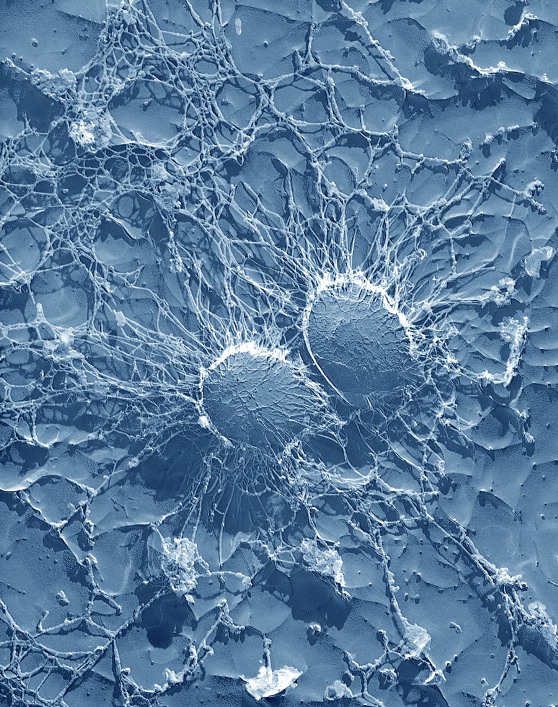 What is Staphylococcus Aureus?12 abril 2025
What is Staphylococcus Aureus?12 abril 2025 -
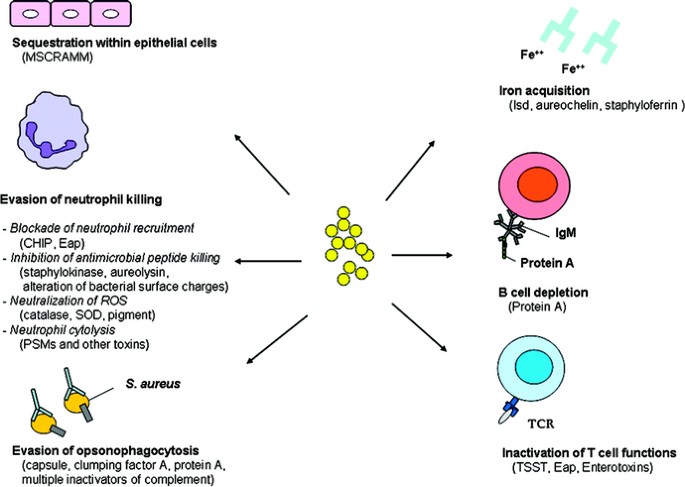 Molecular Pathogenesis of Staphylococcus aureus Infection12 abril 2025
Molecular Pathogenesis of Staphylococcus aureus Infection12 abril 2025 -
Staphylococcus aureus: A new mechanism involv12 abril 2025
-
 Association of Staphylococcus aureus colonization with food allergy occurs independently of eczema severity - ScienceDirect12 abril 2025
Association of Staphylococcus aureus colonization with food allergy occurs independently of eczema severity - ScienceDirect12 abril 2025 -
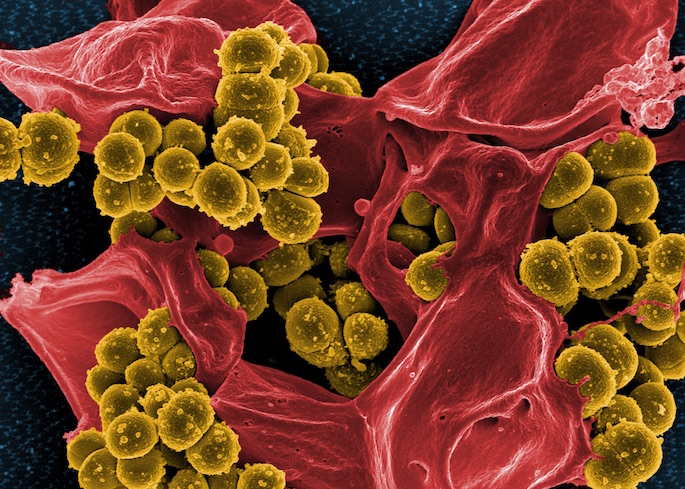 Staph's activation of blood clotting, VUMC Reporter12 abril 2025
Staph's activation of blood clotting, VUMC Reporter12 abril 2025 -
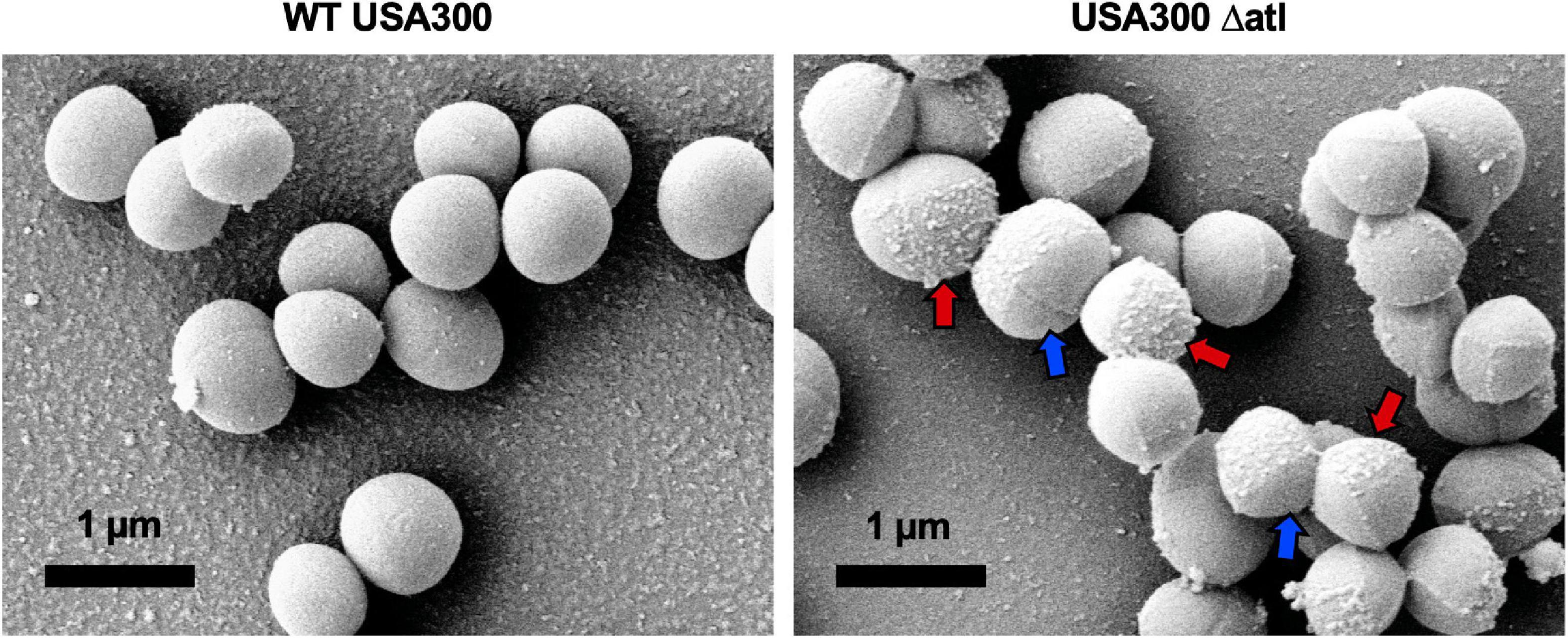 Frontiers Staphylococcus aureus Cell Wall Biosynthesis Modulates Bone Invasion and Osteomyelitis Pathogenesis12 abril 2025
Frontiers Staphylococcus aureus Cell Wall Biosynthesis Modulates Bone Invasion and Osteomyelitis Pathogenesis12 abril 2025 -
 Staphylococcus Aureus Stock Photos and Images - 123RF12 abril 2025
Staphylococcus Aureus Stock Photos and Images - 123RF12 abril 2025 -
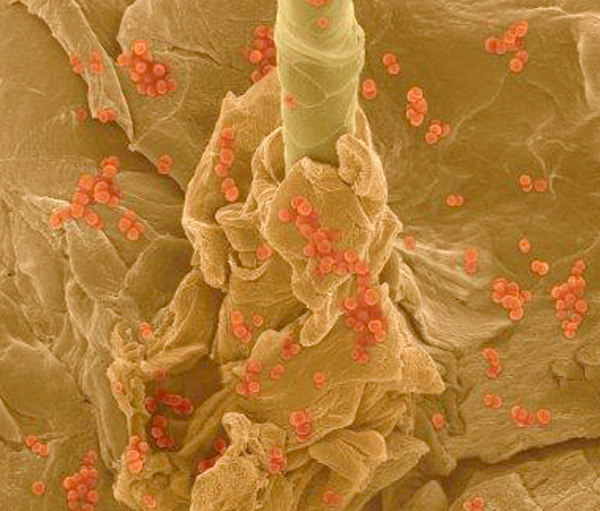 Staphylococcus aureus - Information and Epidemiology Services12 abril 2025
Staphylococcus aureus - Information and Epidemiology Services12 abril 2025
você pode gostar
-
 Kawaki wo Ameku by Minami Domestic Girlfriend Opening Song12 abril 2025
Kawaki wo Ameku by Minami Domestic Girlfriend Opening Song12 abril 2025 -
 The Legend of Zelda: Ocarina of Time - IGN12 abril 2025
The Legend of Zelda: Ocarina of Time - IGN12 abril 2025 -
 Gran Turismo 7 - 2018 Ford GT Race Car REVIEW12 abril 2025
Gran Turismo 7 - 2018 Ford GT Race Car REVIEW12 abril 2025 -
 Bolos Video Jogos12 abril 2025
Bolos Video Jogos12 abril 2025 -
 Austrália organiza Jogos de Verão em 2032 - BOM DIA Luxemburgo12 abril 2025
Austrália organiza Jogos de Verão em 2032 - BOM DIA Luxemburgo12 abril 2025 -
 LEGO 853650 The Batman Movie - Movie Maker Set : Toys12 abril 2025
LEGO 853650 The Batman Movie - Movie Maker Set : Toys12 abril 2025 -
 Lean Bulking: A Complete Guide to Building Muscle Without Gaining Fat12 abril 2025
Lean Bulking: A Complete Guide to Building Muscle Without Gaining Fat12 abril 2025 -
Free Steam Games✨ on X: ⏰Last day to grab 🌕🛰️Deliver Us Mars🛰️🌕 for FREE to keep FOREVER on your #EpicGames library - ends Thursday, November 30th at 5:00 PM CET‼️ Link:⬇️ 🔗 #12 abril 2025
-
 Trocados n.1 by Revista Trocados - Issuu12 abril 2025
Trocados n.1 by Revista Trocados - Issuu12 abril 2025 -
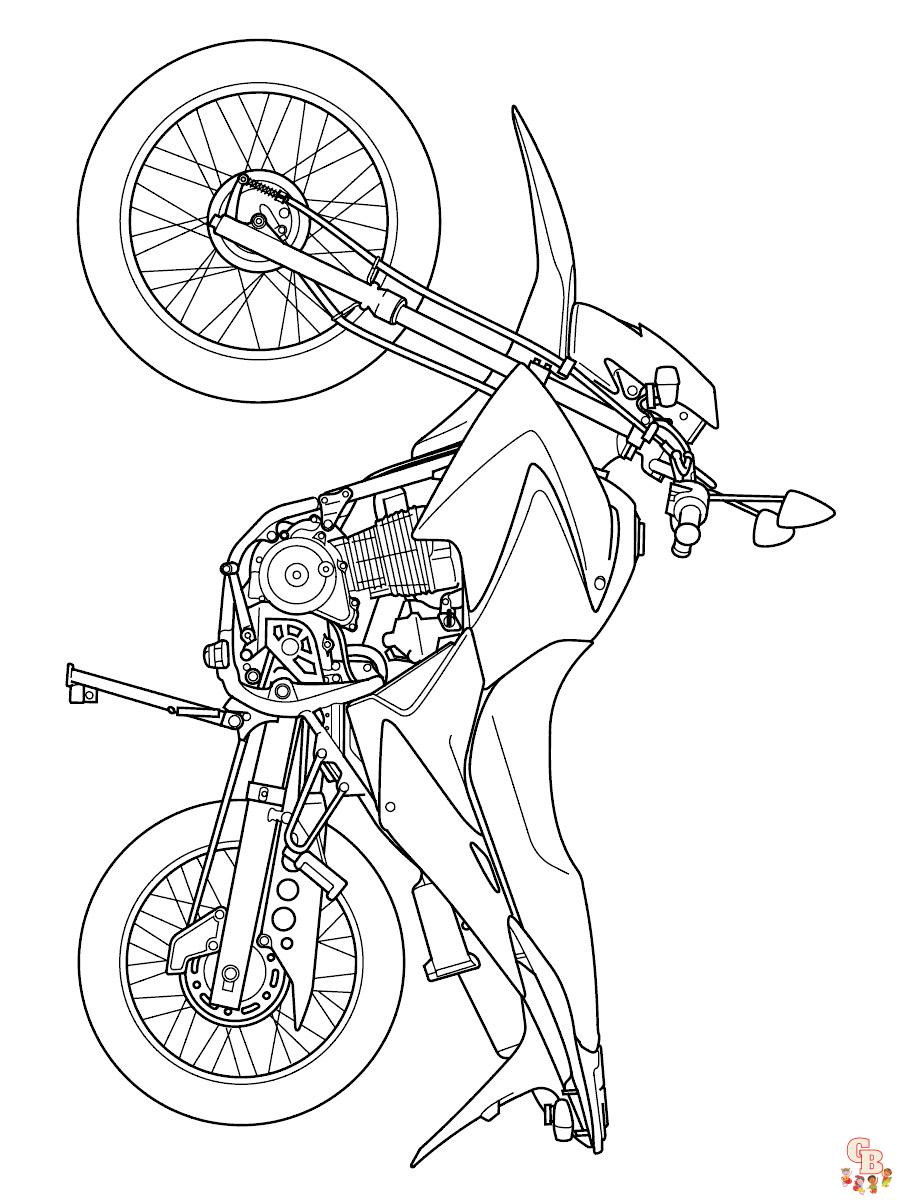 Páginas para colorir de motocicleta imprimíveis gratuitas para12 abril 2025
Páginas para colorir de motocicleta imprimíveis gratuitas para12 abril 2025
